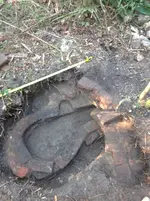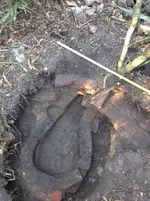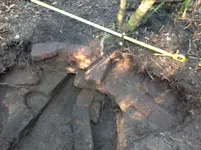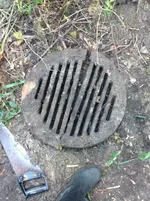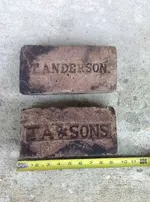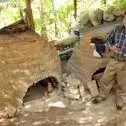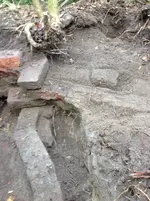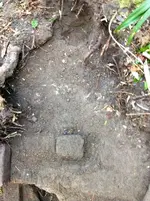Guest 1551
Hero Member
I was hunting at my Second Seminole War fort a few days ago and i picked up an enormous iron signal on a 20 ft diameter mound. I dug through some limestone rocks and crumbly bricks and i could see a grate of some sort. Since i couldnt tell how big it was, I decided to leave it. Though I didnt fill in the hole. I went back today with Dad and brought along my detecting gear and an extra shovel for Dad. I showed Dad the mound and grate and he decided that I would go look for relics while he began excavating the grate area. I returned about 65-70 minutes later and he had done an incredible job uncovering the grate. He had a massive pile of limestone and broken bricks that he said were scattered throughout the dirt covering the grate. I got back just as he was getting ready to remove the massive grate; which turned out to be circular. I sat down and began to help remove dirt, loose rocks and broken bricks. After a while we decided it was time to call it a day, but that we would come back and take pictures. As we were about to leave he noticed writing on one of the only 6 compete bricks he had removed from the hole. We took it, along with two others home. After cleaning all three we realized they all bore the inscription T. Anderson. Later he dropped me back off at the place with several tools. I removed a lot more dirt and broken brick and then brushed off the brick structure. I also brought home the three other complete bricks, two of which said T. Anderson. and another that said T A & Sons. The excavated area measures 3' by 4'. Do you guys have any idea what this struture was? As i said before, the mound is about 20 feet across and has a ton of brick throughout it. Also, does anyone happen to know anything about the two bricks i posted? I'll let y'all know when we are able to go back and dig more! Thanks for looking!
HH
~Donney
P.S. The first thing Dad said to me when we realized we had an awesome structure was "Will we make banner this time?!?" I told him probably not but its worth a go
HH
~Donney
P.S. The first thing Dad said to me when we realized we had an awesome structure was "Will we make banner this time?!?" I told him probably not but its worth a go

Attachments
Upvote
9

